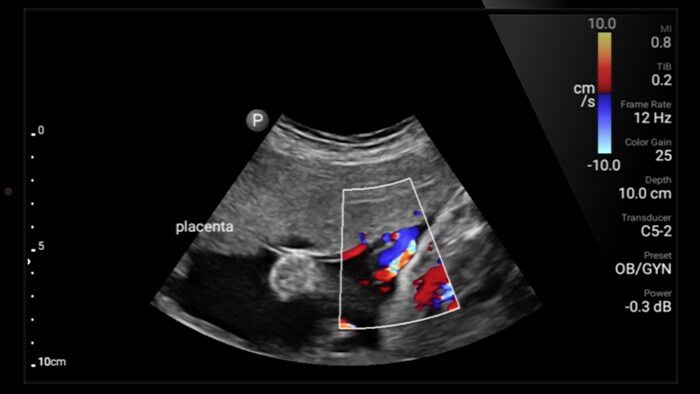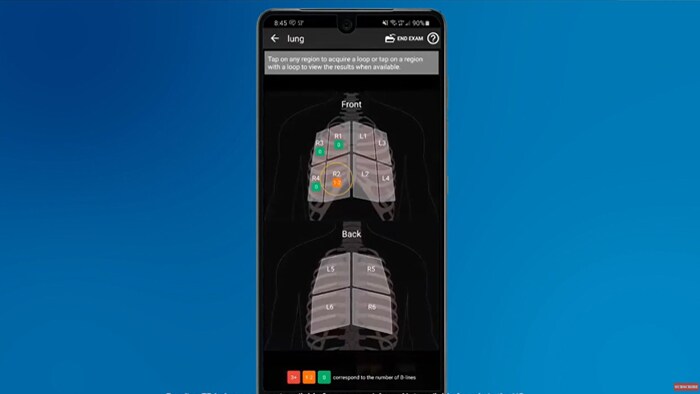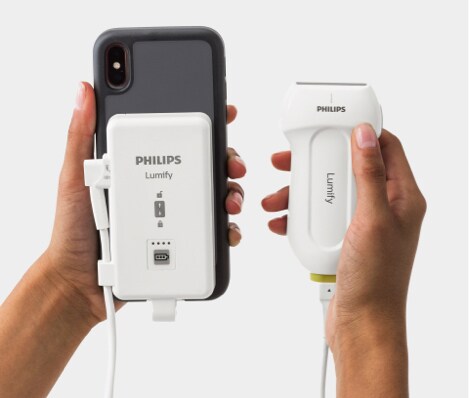Learn how Lumify can work for you
Improve assessments with our pulsed wave Doppler
Our pulsed wave Doppler tool builds on the technology from our larger ultrasound diagnostic systems. We've integrated comprehensive pulsed wave Doppler measurements, auto-linked color Doppler steering and post-processing functionality, and iSCAN optimization into our Lumify Android application.
The latest advancement in lung ultrasound
The Lumify Android app now provides the new B-lines quantification tool, which automatically calculates the maximum number of B-lines in each scanned zone. It offers a comprehensive scan protocol based on a 12-point lung exam and efficient zone-by-zone labeling.






